If Eat, Pray, Love was a town, it would be Bruges. So pretty, so picture postcard that some guidebooks have described it as touristy and a tad fake. Our guide in Bruges splutters indignantly about the American who thought of it as a medieval Disneyland, asking him, “Is Bruges shut for winter?”

Bruges is an all weather destination, but to me, spring is the perfect time to be there. The tourist groups have just begun to trickle in, daffodils are in full bloom at the charming Beguinage where Benedictine nuns are in residence and the weather makes you hum a happy tune all the time. As I walk on the cobble-stoned lanes, I keep an ear open for the clip clop of horses ferrying tourists across the UNESCO heritage town, the horseman (or in many cases, woman) doubling up as guide. Then there are the beguiling window displays on the chocolate shops lining the narrow shopping streets and the heady smell of Belgian frites (fries) in the air; together they erase all thoughts of calories and cholesterol from my mind. Remember, Eat is one of the leitmotifs for this town.
To Pray, I head to the Church of Our Lady, to see Michelangelo’s sculpture of the Madonna and Child, in white Carrara marble. There is something so peaceful, so gentle about it that I find myself alone – in a very nice way – in the crowd. And Love? The entire town is about romance; the winding canals, the gabled buildings, the arched stone bridges, the elegant swans on Minne Water (meaning Lake of Love) and the vibrant town squares.
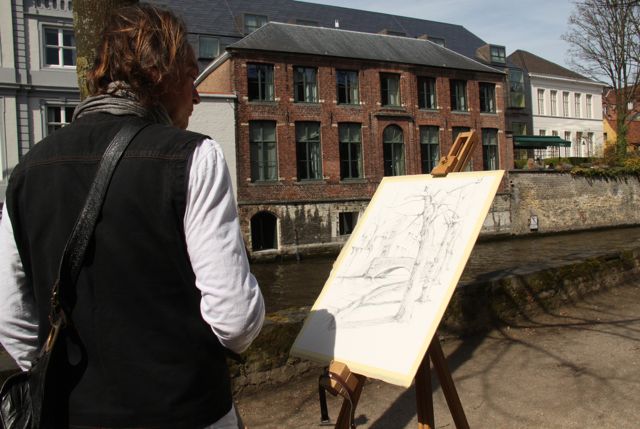

Just an hour away, Ghent is another enchanting package. After the sunshine of Bruges, the grey skies at Ghent are a dampener. My guide is not too perturbed and says proudly that Ghent sees four seasons in a day; a sentiment I hear expressed in Antwerp too later. Most of the town is undergoing renovation but the inherent charm of all that is old and beautiful manages to peek through the cranes and scaffolds everywhere.
If the exterior of the magnificent Saint Bavo cathedral is Gothic, inside it is a mish-mash of architecture styles, from the baroque altar to the rococo pulpit. Among many works of art, an original Rubens painting hangs in a quiet corner. And inside a small room is one of the most famous paintings in the world, ‘Adoration of the Mystic Lamb,’ from the early 15th century – a massive triptych by the brothers Hubert and Jan van Eyck. After duly adoring the lamb and all the rest of it, I head to the belfry right opposite the cathedral and take a rickety lift to the top. There are stunning views of the town from all sides, much of it in grey and brick red and dating back a few centuries.
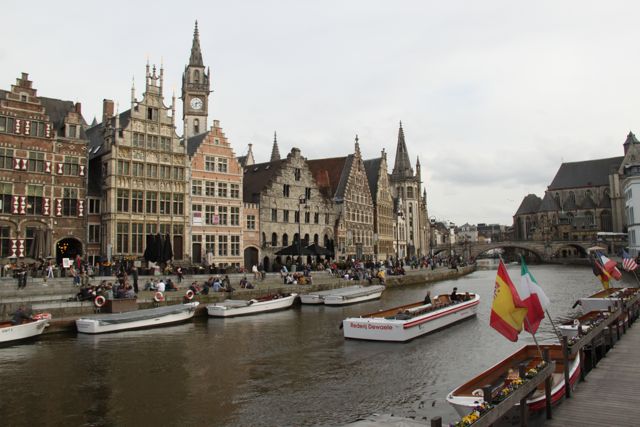

Ghent is however, not all about the past. It is one of the region’s biggest university towns, which translates into a large population of the young and restless. I see many of them outside later that evening, sitting along the Lys, beer mugs in hand. I am on a river cruise, seeing the city from the water that made it one of the most prosperous European towns in the 14th – 15th century. The towns’ youthful spirit is also reflected in its graffiti alley (Werregaren Straat), where the city council actively encourages people to practice wall art. Once a deserted and perhaps unsafe alley, today it is a tourist attraction in itself. Dinner is at PakHuis, a converted warehouse close to St. Michael’s bridge but I am stuffed with nibbles from the cruise (not to forget the champagne) and enjoy the buzzing vibe more than the food.
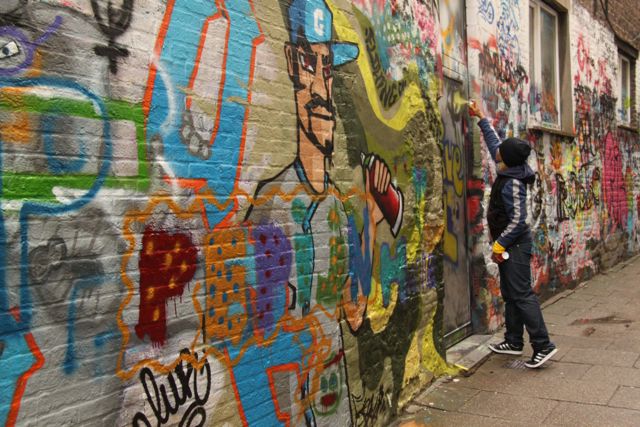
And then to Antwerp, where the diamonds are not the only things to sparkle. The city itself throbs with an energy absent in smaller Bruges and Ghent. I start the day with a visit to RubensHius, Peter Paul Ruben’s house, now a museum with several of his significant paintings. A couple of hours later, I see two more at the Cathedral of Our Lady and it reminds me again of why I love Europe so much. All this art so easily accessible to any visitor.
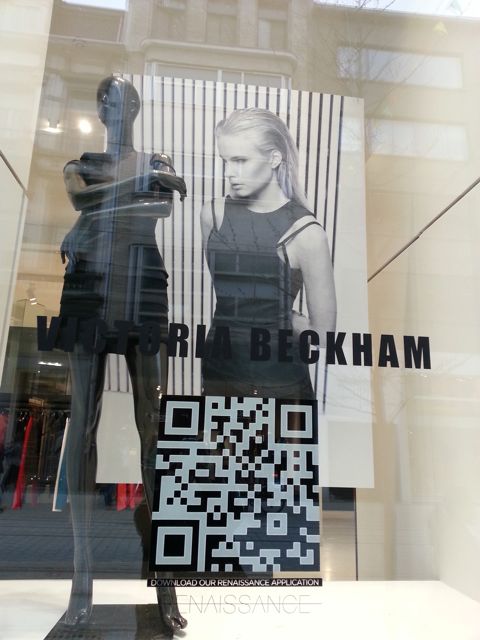 I don’t have time for the highly recommended MAS Museum that is a repository of Antwerp’s history but I do zip in and out of the Fashion Museum, known locally as MoMu. After all, Antwerp is known to be one of the fashion capitals of Europe, a reputation cemented by the group of avant-garde fashion designers known as the Antwerp Six. At the Meir shopping district, there is a cornucopia of shopping options, from large global chains to small edgy boutiques.
I don’t have time for the highly recommended MAS Museum that is a repository of Antwerp’s history but I do zip in and out of the Fashion Museum, known locally as MoMu. After all, Antwerp is known to be one of the fashion capitals of Europe, a reputation cemented by the group of avant-garde fashion designers known as the Antwerp Six. At the Meir shopping district, there is a cornucopia of shopping options, from large global chains to small edgy boutiques.
Towards the end of this shopping mile, the main façade of Antwerp Central Station is visible. Built in 1905 to commemorate 75 years of the creation of Belgium, this building is architecturally stunning and is rightly counted among the greatest railway stations of the world. Close to it is the diamond district; if the streets of London are paved in gold, then those of Antwerp are paved in diamonds. I walk past rows and rows of shops, steadfastly ignoring the siren song of the glittering stones. My best friends, these are not, says my wallet.
Compared to these Flemish towns – of the north Belgium region of Flanders – Brussels seems like just any large city. That is not to say that it is without its share of imposing art and architecture; the buildings around the Grand Place alone are enough to remind you that Brussels is more than just the headquarters of the EU. Grand Place began life as a local market in the 13th century, but today, it is not just the heart of the city but also a fabulous venue for concerts and festivals.
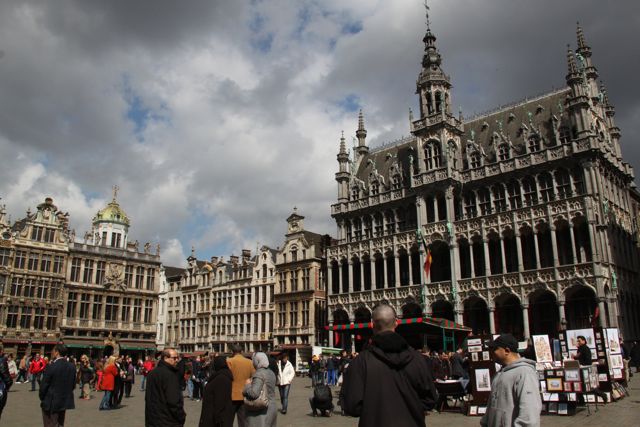
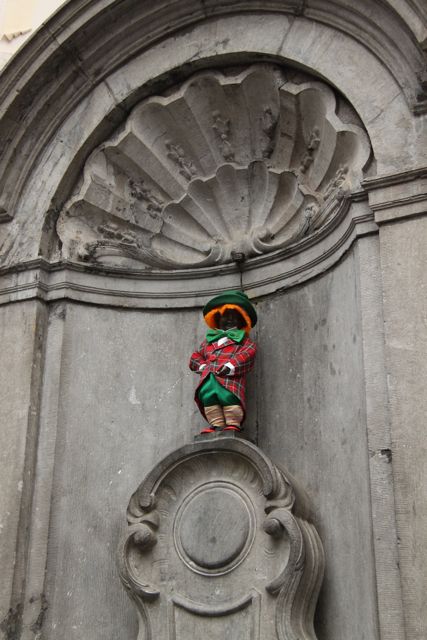 Just as I am slightly overwhelmed by the cold grandeur of the buildings in Brussels, I reach Manneken Pis. This 17th century statue of the little boy peeing is utterly delightful, if only for being the ultimate thumb-your-nose symbol.
Just as I am slightly overwhelmed by the cold grandeur of the buildings in Brussels, I reach Manneken Pis. This 17th century statue of the little boy peeing is utterly delightful, if only for being the ultimate thumb-your-nose symbol.
I walk around the area, looking at the comic murals on the walls of private residences and public buildings.
Lunch, fittingly, is at the Comics Café, where I dig into a veggie burger (passing up the meat-laden Obelix and Popeye burgers). My inner child – never too far from the surface – is thrilled by the large framed posters of Tintin’s adventures on earth and on the moon. As their website says, “Comics and fine dining, two pillars of Belgian culture, join forces here!”

And I have nothing but deep respect for any culture that acknowledges comics as one of its mainstays and a peeing boy as an official icon. This country is sadly neglected on most travellers’ itineraries, squeezed as it is between the more alluring destinations of France and Holland. Walk around aimlessly or hire a cycle for the day. Gawk at the opulence of the art and architecture all over. Shop till you drop. Eat endless quantities of chocolate and quaff on a huge variety of Belgian beers. Find yourself footloose in Flanders and discover one of the prettiest regions of Europe in the process.
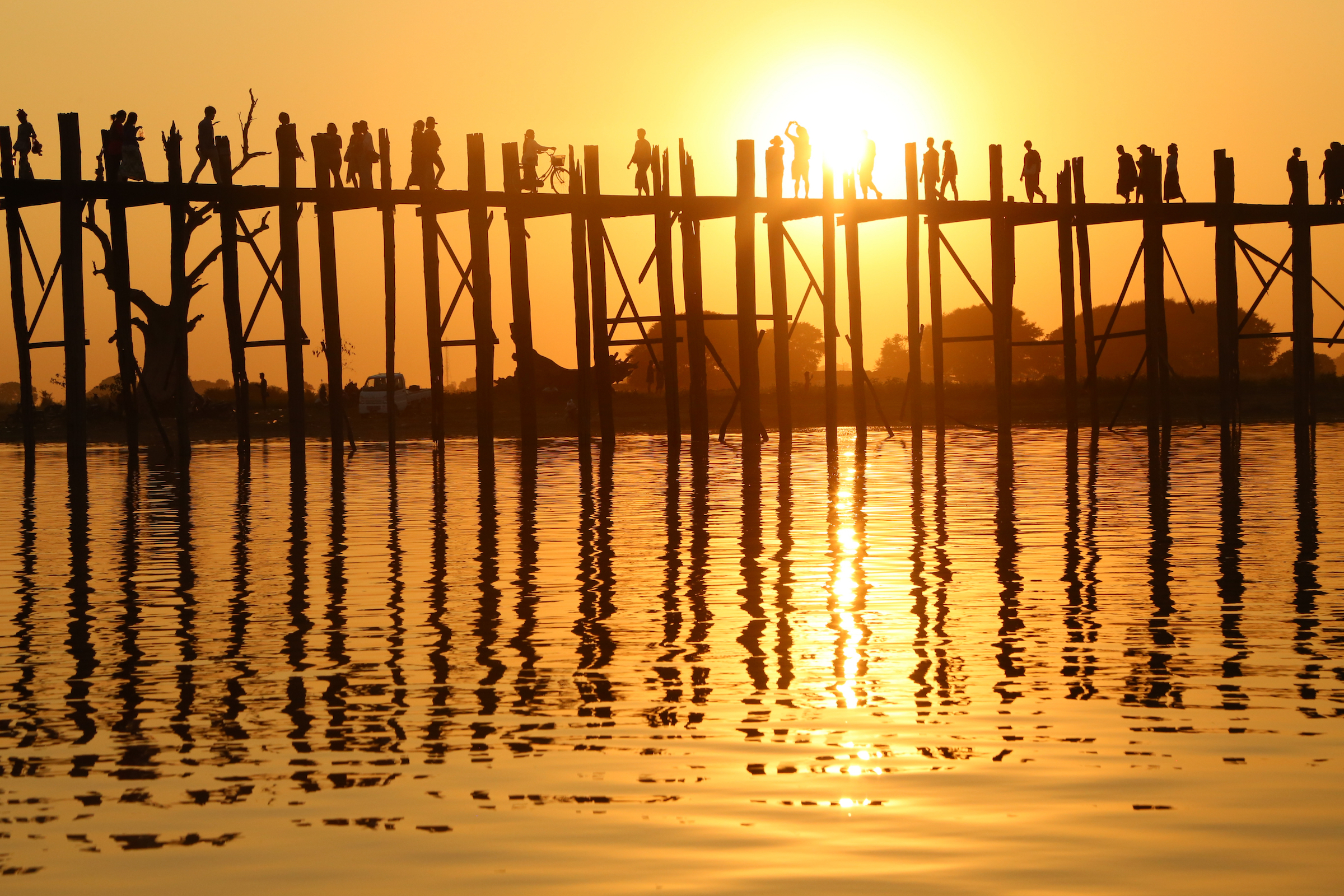
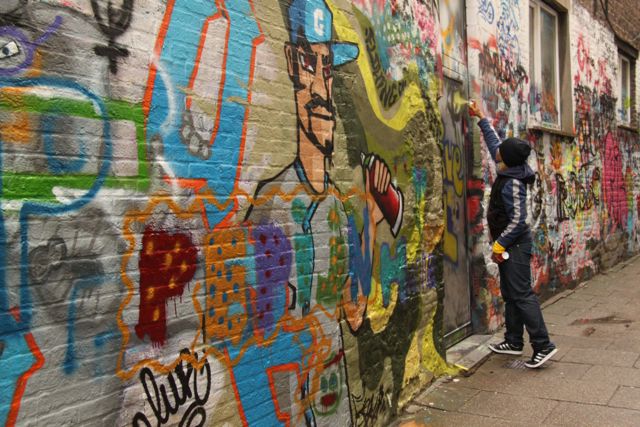
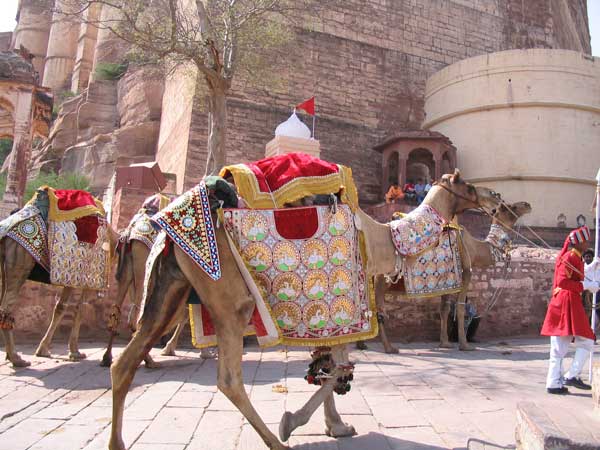
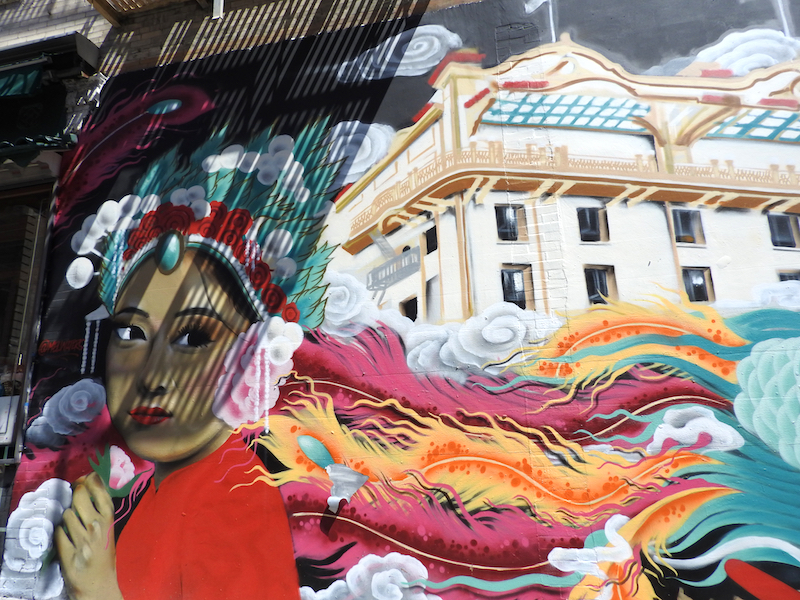

If Eat, Pray, Love, were a town, I’d have perpetual intestinal dysentery and be goggle eyed over all the men about town…which has little to do with your piece which makes me hungry!
Wow! Sounds like something out of a fairytale. 🙂 Especially loved the pic of the horse buggy on the cobblestoned path!
Bruges is undoubtedly the prettiest town in all of Europe, nothing even comes close. Their beers are something to die for